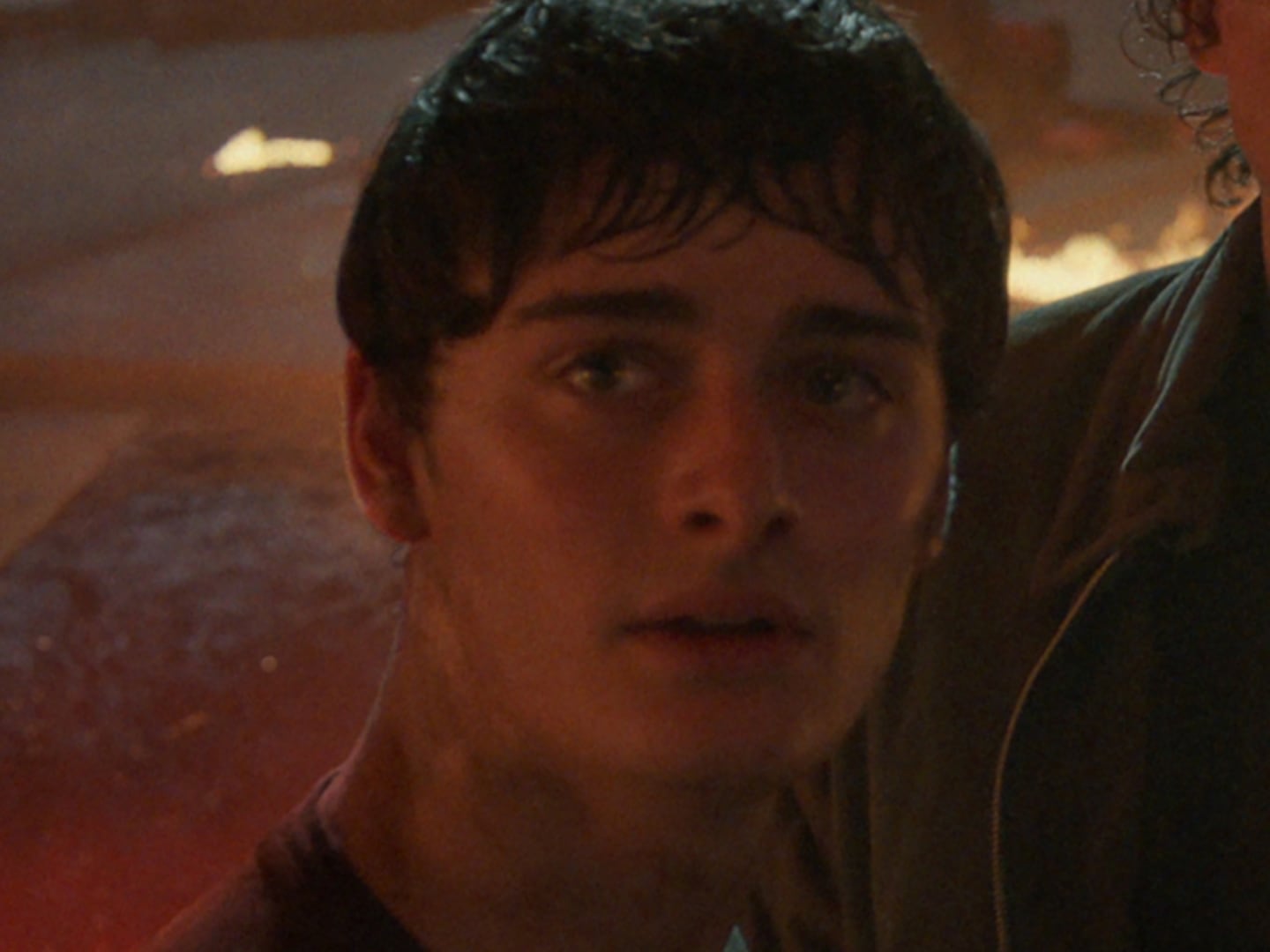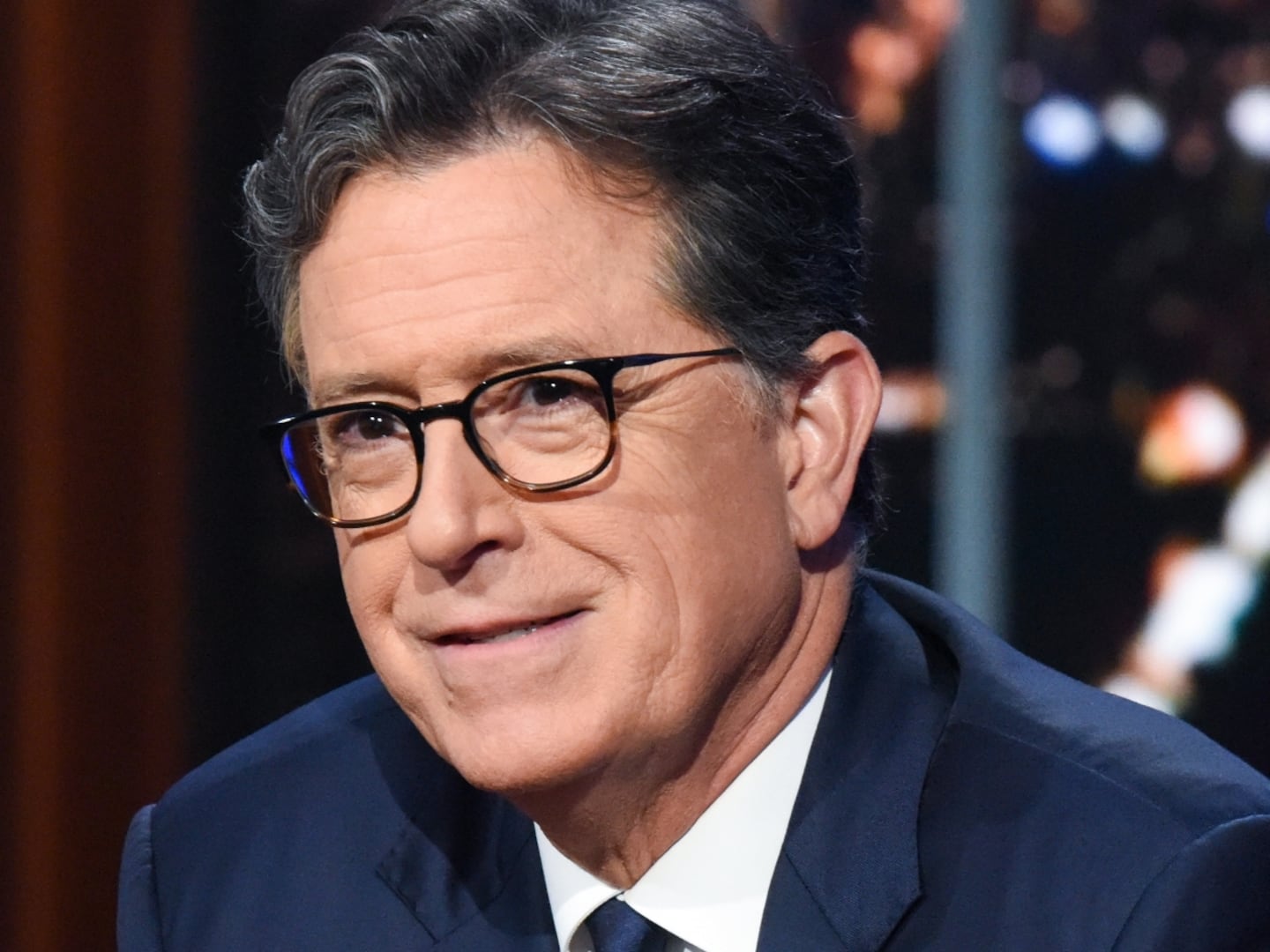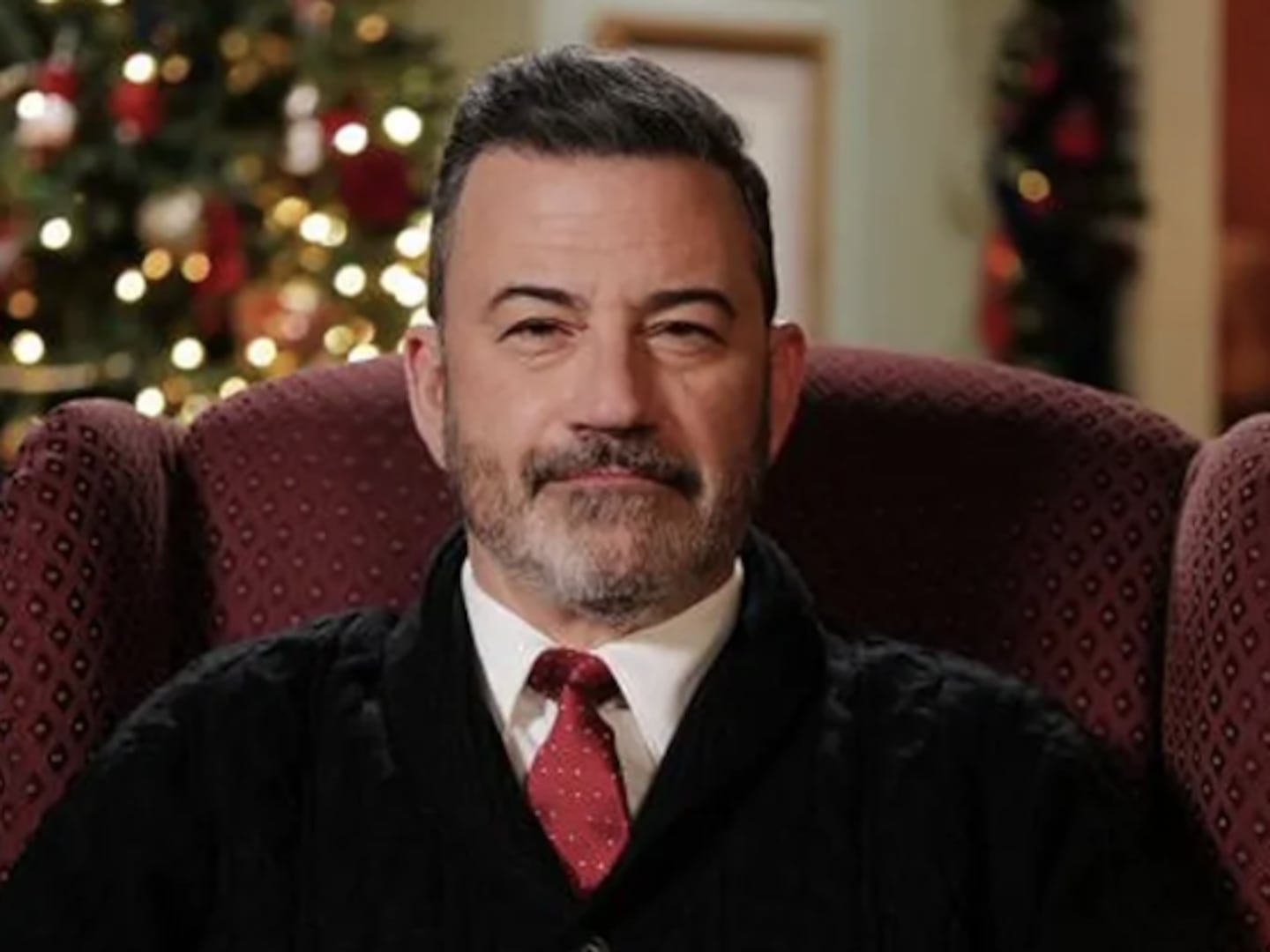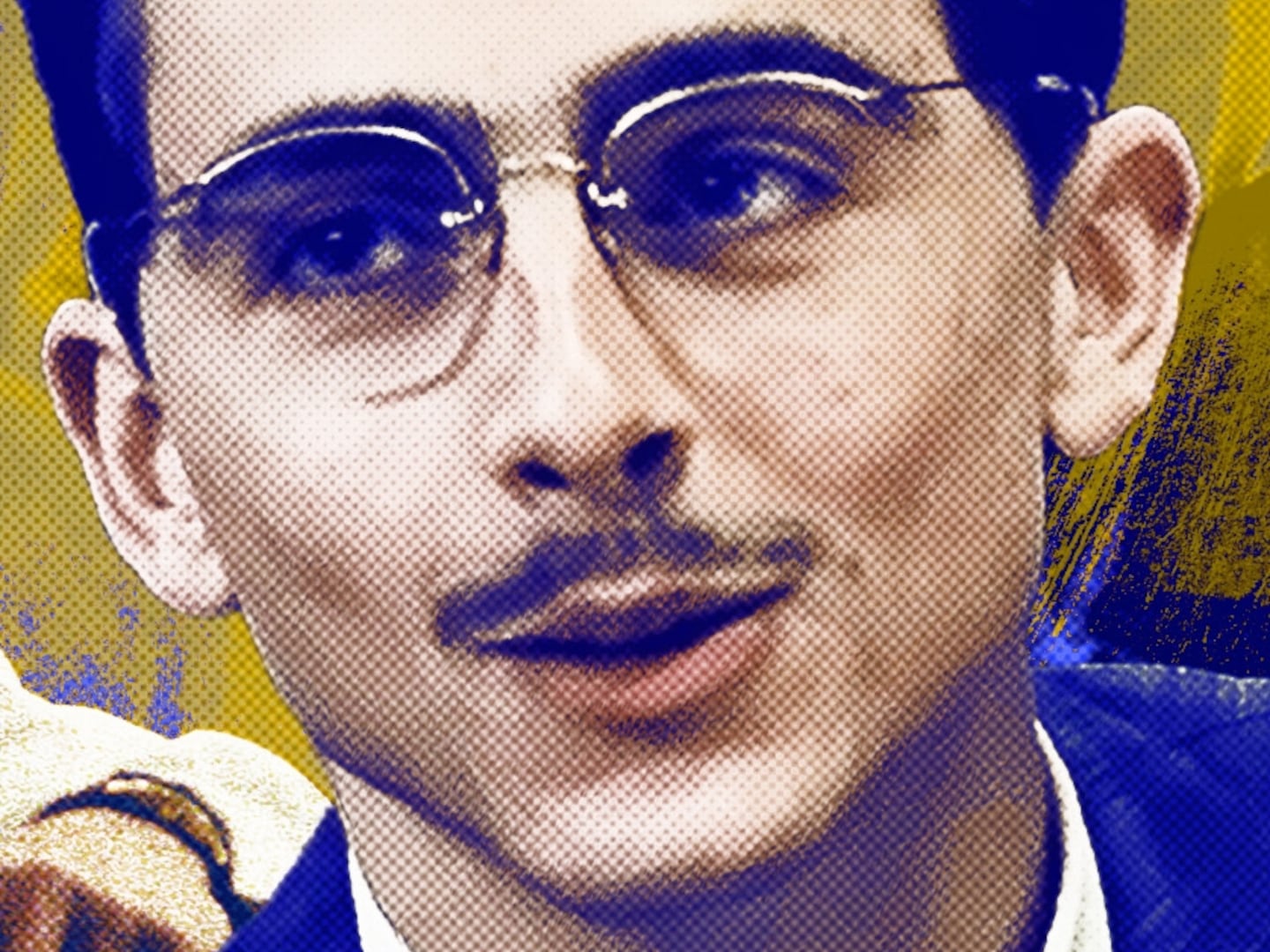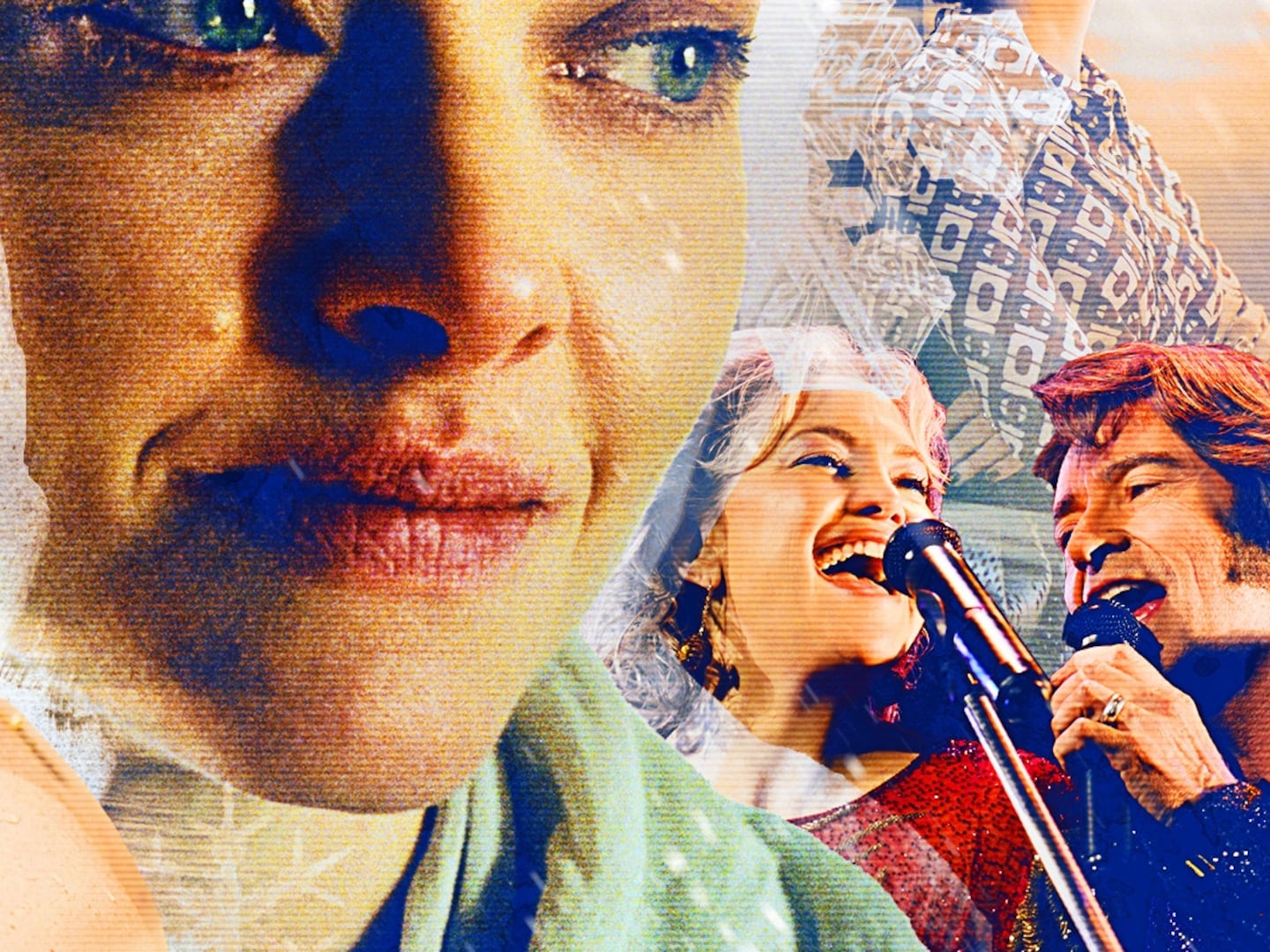Considering that the vast majority of prequels stink, Better Call Saul—a follow-up to the acclaimed Breaking Bad that serves as the origin story for shady lawyer Saul Goodman, aka Jimmy McGill (Bob Odenkirk)—has always been an inherently daring venture. Nonetheless, the show took audaciousness to an entirely new level with last night’s “Fun and Games,” the ninth chapter of its sixth and final season.
(Warning: Spoilers for the most recent episodes of Better Call Saul ahead.)
Aside from being a sterling vehicle for the phenomenal Giancarlo Esposito, the episode ended with the confrontation that Vince Gilligan’s AMC drama has been building toward for years, and then leapfrogged into its Breaking Bad future. It was, for all intents and purposes, a series finale—the catch being that there are still four episodes to go.
Two questions have hovered over the entirety of Better Call Saul: When, how and why will Jimmy transform into Saul Goodman, the crooked legal ace who’s destined to provide underhanded counsel to Walter White (Bryan Cranston)? And what’s to become of Jimmy’s paramour Kim Wexler (Rhea Seehorn), whose fate has been the subject of much speculation due to the fact that she isn’t in Breaking Bad?
One reasonably assumed that both those mysteries would be addressed in the coming weeks, via either the penultimate or closing installment. Instead, Gilligan radically upended expectations by providing those coveted answers in “Fun and Games,” wrapping up the Ann Cherkis-penned, Michael Morris-directed episode with whirlwind developments that would have sufficed as a concluding note for the entire saga.
Gilligan and his ace compatriots are nothing if not generous storytellers, and the prime beneficiary of their munificence last night was Esposito, whose Gus Fring was given two stellar sequences. First was in Mexico, where he sat before cartel kingpin Eladio Vuente (Steven Bauer) and responded to Hector Salamanca’s (Mark Margolis) charges that he’d had Hector’s nephew Lalo (Tony Dalton) murdered by refusing to respond at all. Then afterwards at a bar where, knowing that joyful respites from his criminal life must be brief, he abruptly cut short a friendly chat with a sommelier.
Nonetheless, it was the Jimmy and Kim material that hit the hardest, much of it focused on the duo’s attempts—per Mike’s (Jonathan Banks) instructions—to go about their normal business day while Mike and his crew cleaned up their apartment in the wake of Howard Hamlin’s (Patrick Fabian) murder. They impressively do, although things take a more gut-punching turn when they attend Howard’s memorial service and are confronted by his widow, who peppers Jimmy with queries about his prank-related tensions with Howard—and Howard’s drug addiction—and Kim solidifies their cover story with yet another self-serving lie.
The couple’s parking-garage goodbye suggests that Kim can no longer stomach her constantly skirting the law with Jimmy. She admits as much when he arrives home to confront her about her sudden decision to quit the bar and end her legal career. It’s here that Better Call Saul arrives at the moment we’ve all been waiting for, and dreading: Making this split even more difficult is Kim’s confession that she enthusiastically enjoys their joint ruses; she just comprehends and accepts that they’re wrong.
To avoid causing further damage and, more profoundly, to avoid fully corrupting herself, Kim sides with her conscience and leaves—something that Jimmy, who tries to hatch one last roll-back-time scheme to save everything, can’t make himself do.
Kim thus seemingly makes her long-awaited departure (heartbroken, but alive!) in “Fun and Games.” Then, the episode cuts to Jimmy waking up in his opulent Grecian-themed mansion alongside a prostitute, getting ready for work while chatting to clients via his Bluetooth earpiece. Ultimately, he arrives at his office, which boasts the chintzy “Better Call Saul” signage and the desk-encircling columns from his Breaking Bad days.
What’s happened in the interim between Jimmy and Kim’s farewell and this present is unknown, yet the implication is clear: Kim’s exit was the final catalyst for Saul’s formation. With their chief antagonist Lalo dead, Gus safe and ready to plan his next move against Hector, and Mike working on resuming construction on Gus’ underground meth lab, the show has now ostensibly knotted its loose ends and arrived, chronologically speaking, at the point at which its ancestor Breaking Bad begins.
Except, of course, that Better Call Saul won’t terminate for another four episodes, meaning there’s undeniably more to Jimmy/Saul’s story than we realize. Could that have to do with the intermittent black-and-white flash-forwards that have detailed Saul’s dreary post-Breaking Bad life? Are there more steps that must be taken to get Saul into Walter and Jesse’s (Aaron Paul) company, perhaps set during the first season of Breaking Bad (before Saul makes his Season 2 debut)? Or does Gilligan have something else entirely up his sleeve?
There’s simply no way to predict what’s to come as the series hurtles toward its denouement. The only certainty, it appears, is that Better Call Saul’s bracing boldness remains in peak form as it nears the end.


